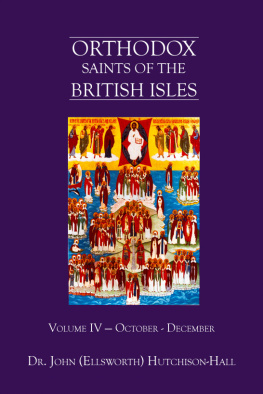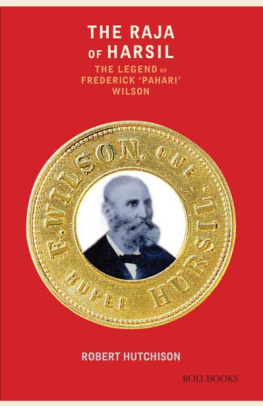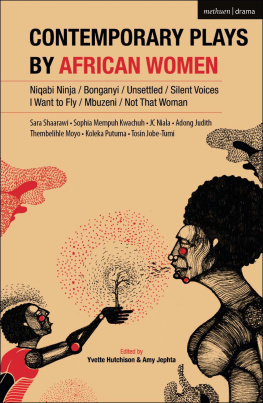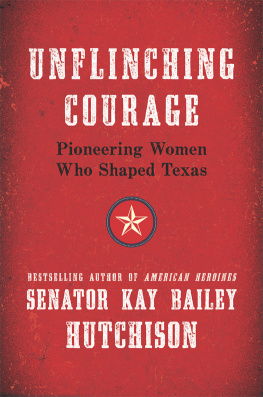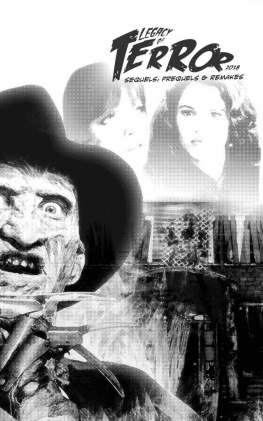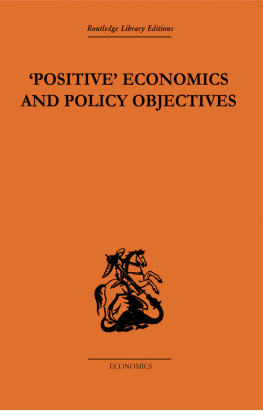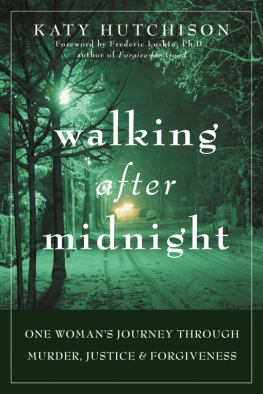


Published by The History Press
Charleston, SC
www.historypress.net
Copyright 2017 by Craig Hutchison
All rights reserved
Front cover: The Ford Rotunda as it appeared in 1958. In 193536, Henry Ford had the main structure moved from the grounds of the Chicago Worlds Fair and placed across from the Ford Motor Companys Administration building on Schaefer Road. At the time, it was the largest permanent industrial exhibit building in the country and became one of the top tourist attractions during the 1950s and early 1960s.
First published 2017
e-book edition 2017
ISBN 978.1.43966.356.1
Library of Congress Control Number: 2017953986
print edition ISBN 978.1.46713.626.6
Notice: The information in this book is true and complete to the best of our knowledge. It is offered without guarantee on the part of the author or The History Press. The author and The History Press disclaim all liability in connection with the use of this book.
All rights reserved. No part of this book may be reproduced or transmitted in any form whatsoever without prior written permission from the publisher except in the case of brief quotations embodied in critical articles and reviews.
DEDICATION
To those who have played a huge role in my life, my parents, my wife and several teachers whom I am sure had no idea of the impact they were making on my path at the time. I could never fully express my gratitude to these individuals. To Jack Tate, I am thankful that I met you. You not only served as an excellent boss from whom I learned a tremendous amount, but I also now count you as a good friend and that is a treasure indeed. And to my girls, Abigail and Lydia, you have changed my world in ways I dont even understand, but I thank God for you and I look forward to growing together and making this a wonderful life.
CONTENTS
ACKNOWLEDGEMENTS
This book would never have seen the light of day without the assistance and support of Jack Tate, the acting chief curator of the Dearborn Historical Museum. Not only did Jack allow and assist with the much-needed research, he also allowed me to tap into his extensive knowledge of the Dearborn area, for which I will be forever grateful. No matter how far removed I get from my undergraduate days at the University of Michigan, this section would not be complete, and in fact, the story of my life cannot be fully and adequately told without mentioning Dr. Martin Hershock and Dr. Gerry Moran. I am a very blessed man to have studied historical topics under these two amazing scholars, and the passion, skills and knowledge they instilled in me have stayed with me until this day. They have inspired me to stay true to my passion. They taught me how to look at history from different viewpointswhat a special thing to impart. Dr. Donn Werling is another influence in my life who deserves mention. His love of historical interpretation and how it can play out in the lives of the public continues to serve as an inspiration to me when working on projects like this. His combination of passion, love and knowledge has served as an inspiration that I know will always be with me. And he has always been an encouragement and an example of not only dreaming big but also finding ways to make dreams a reality. And thank you to my wife and my girls for letting me sneak in the hours needed for this project. I hope I am able to instill in Abigail and Lydia a love of history like I have always had. Finally, I would like to thank those who will read this publication. I truly hope that these pages bring to life the rich history that has flowed through the Dearborn area and that you leave this book with an appreciation for what has come before us and for what makes Dearborn such a fascinating place. Those of us who have grown up here have been blessed people; sometimes I think we forget that. May this serve as a reminder.
INTRODUCTION
It is not uncommon for residents of an area to be completely unaware of the interesting and rich history that led to the present. What exists today did not just happen overnight. Someone at some point in time built the foundation. All around are familiar streets, buildings and tracts of land. But what are they rooted to? Where did they come from? And even for current or former residents who do have memories of significant events or structures or people, sometimes life can certainly begin to get in the way of those memories. It is for all of these reasons that this book was created. Dearborn, for its size, has too interesting a tale to tell not to keep the stories and memories alive. And many of the great stories of Dearborn are rooted in structures that became significant to area residents over time and during specific eras. And one thing Dearborn has certainly had over its history are many unique eras.
The seal of the City of Dearborn denotes that the area was settled in 1786. This may have been true of the first European settlers, who were of French descent. But for hundreds of years prior to the arrival of the French, Native Americans traveled by canoe up and down the Rouge River. Woodland tribes, including the Ottawa, Potawatomi, Saux-Fox and Chippewa, never permanently settled here but they camped along the banks of the Rouge, which at the time was clean and clear and teeming with fish. The Rouge River provided access to the interior of the land. To travel by land, there was an Indian trail known as the Great Sauk Trail (today Michigan Avenue). This trail was also used by French explorers, fur traders and missionaries. The early French settlers established ribbon farms, which were narrow strips of land that fronted the river while the rest of the farm extended into the forest. This gave everyone access to the river for the growing of crops and provided access to the markets in Detroit via water.
The early settlers were mainly concerned about one thing: survival. And survival meant providing for shelter, food, water and clothing. Early in the areas history, a person couldnt just run up to the corner store to obtain these necessities. The early settlers had to literally cut out an existence on what was then considered the frontier. The opening of the Erie Canal in 1825 as well as the coming of the railroad brought more settlers and more opportunity. The canal reduced a five- to ten-day arduous land journey to a forty-four-hour water route. Traveling by land in these early days was very difficult, as there were few roads and those that did exist were in very poor condition. For a moment, imagine the life of those early pioneers as they arrived at a tract of land that would need to be transformed into a farm. But when looking around, these early settlers were faced with a major problem: there were trees everywhere one looked. William Nowlin was a descendant of one of these early families, and he stated in the strongest terms what the landscape meant to anyone who desired to stay: The forest meant very hard work for the settler: so much that nowadays one is apt to wonder how on earth any of them accomplished it.
Being chosen as the location for the new U.S. Arsenal created a focal point, and its impact on this area cannot be overstated. The building of the arsenal attracted many different types of skilled workers. Brickmaking became an important industry. Much of the areas soil is composed of a clay material that turned out to be perfect for the making of bricks, which was actually the first industry that the area became famous for.





